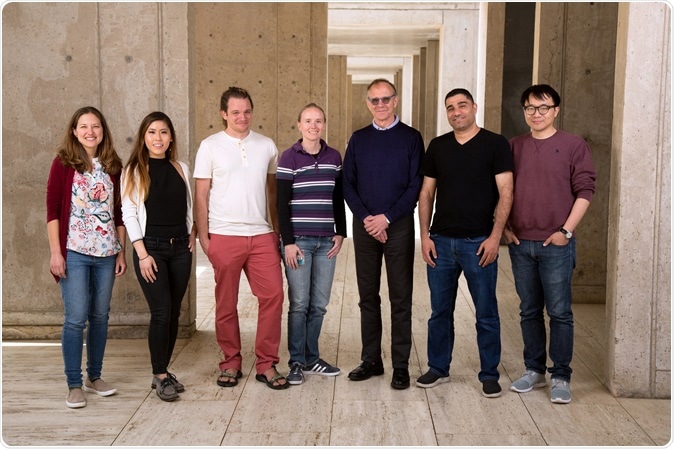Salk Institute scientists recently have developed a method to make micro brain structures in the lab. These microbrain tissues are designated to be used in research for treatment of neurological diseases such as Alzheimer’s disease or Parkinson’s disease.
The researchers explained that these “organoids” or mini tissue structures are essentially 3D structures of the main organ that have forms like the real organs. These are used to test drugs in the laboratory. These drugs otherwise could not be tested on living human brains. These organoids from the Salk Institute differ from other organoids. Up until now the tissues developed for testing had to be provided with nourishment from outside using nutrient rich media, the organoids or mini brains from this institute can grow blood vessels that can nourish them and help them grow and function. These thus had layers of living tissues that are sustained with blood supply. This makes for better and more real-life-like testing situations.

From left: Sarah Fernandes, Daphne Quang, Stephen Johnston, Sarah Parylak, Rusty Gage, Abed AlFattah Mansour, Hao Li. Image Credit: Salk Institute
The authors of the study led by Fred 'Rusty' Gage published their findings in the journal Nature Biotechnology. Gage explains that these minibrains not only work but are also “reliable, and reproducible”. He explained that these organoids are developed from skin cells using stem cell technology that can turn them into any form of cells.
Brain Organoids As Models for Neurological Disorders
According to Gage the organoids developed earlier did not have blood vessels to nourish them and so as they developed into balls of tissues, there was cell death at the centres where the nutrients would not reach. They solved this by transplanting these brain cells or organoids into mice brain. These mice had their immune systems stopped so that their bodies would not reject the human brain cells. So the mice brain and its blood supply sustained the human brain cells to form a viable organoid. Gage said they are using these models to study different brain diseases such as Alzheimer’s disease, autism, Parkinson’s disease, schizophrenia, effects of Zika virus etc.
However there are several experts who are worried about the ethical concerns of this experiment. Nita Farahany, a professor of law and philosophy at Duke University and the director of Duke Science and Society for example has voiced concerns regarding the potential implications of this experiment in the future. She says there is a risk of the organoid developing consciousness or feel any form of pain in the future. Farahaney and 16 other experts in the filed wrote in a commentary in the latest issue of the journal Nature. They voiced their concerns regarding this experiment. Farahaney says that while these pea sized structures are far from being what human brains are and do help in brain research, their future implications must be kept in mind. When human brain cells are transplanted onto mice, they may develop exceptional mental abilities and essentially are hybrids. The ethical questions behind creating hybrids remain, she says. She suggests that these issues are looked into further before its too late to come back to them.